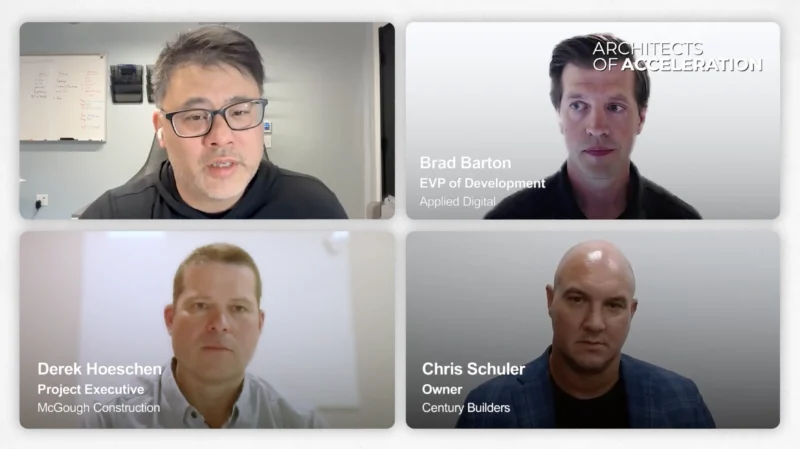Overcoming Barriers to Faster 5G Wireless Deployments
1. Provide Reliable Connections as Close to People as Possible
People need to study, work and be online from anywhere, not just from their home or office. To be productive in today’s world, fiber-ready 5G antennas must be closer to people so they don’t lose connectivity. Fiber assemblies of the highest quality that are simple and quick to install are key to creating and maintaining these robust, cost-effective networks that enable fast 5G deployments.
Plug-and-play cable assemblies can make connecting 5G networks faster, easier and deployable in any environment, empowering network operators to gain the benefits of fiber to the antenna.
If more density is needed, optical components can be strategically placed along the fiber route. This allows for splitting or multiplexing fibers, even in the harshest environments, without sacrificing signal quality.
2. Use Pre-Connectorized, User-Friendly Fiber Assemblies
Pre-connectorized assemblies that installers can simply plug into network components allow for faster network turn-up. Small (3mm) assemblies can also help designers and installations crews use existing conduit pathways to add network elements. This feature reduces both the turn-up time and construction costs for each job.
When a network connection needs multiple fibers, multi-fiber push on (MPO) cable assemblies give designers the flexibility to tailor network components to varying deployment geographies.
3. Reduce Costs with a Scalable Network Building Block Element
By using MPO cable assemblies that require no splicing, installation crews can serve as the turn-up crew in most cases, dramatically reducing installation costs. Service providers further reduce costs by using assemblies and cassettes at points of aggregation.
For example, the Clearview Cassette is a scalable network building block element for use in almost all areas of the RAN. In the 5G Fronthaul section of the RAN, a single cassette distributes fibers to multiple antennas of a single carrier or aggregates multiple carrier antennas for transport. In the Midhaul section, these same cassettes provide test points or patch panels to direct traffic to various small cell or DAS locations. In the Backhaul section, the cassette connects network electronics in a central office or headend.
As you look for ways of getting faster turn-up times, easier network deployments and high-quality connections in your 5G network, choosing an experience partner like Clearfield can help. To learn more, visit seeclearfield.com and check out their history of wireless deployments.
—
Twitter – @MarketScale
Facebook – facebook.com/marketscale
LinkedIn – linkedin.com/company/marketscale









